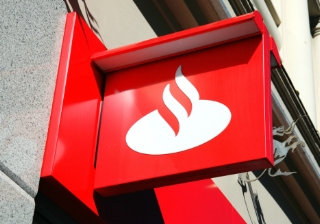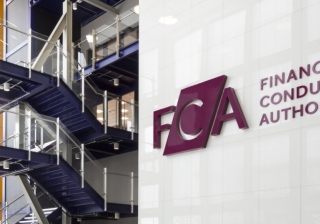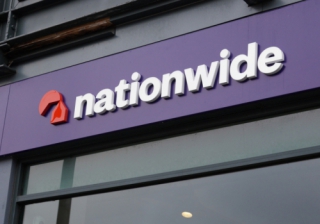The rise and rise of the high LTV mortgage
According to whose figures you look at, the number of high loan-to-value mortgages has more than doubled from this time last year. To take a snapshot of the situation as it stands, there are currently 500 mortgage products at 90% LTV or more of which 124 offer 95% LTV.

Deprecated: trim(): Passing null to parameter #1 ($string) of type string is deprecated in C:\inetpub\wwwroot\2025.financialreporter.co.uk\htdocs\templates\front-end\partials\article_blockquote.php on line 2
In the last year there has been a significant shift in both the acceptability of high LTV mortgages and also lenders appetite to risk, and this has had a dramatic effect on first time buyer numbers which are reported to have risen 50% in the last two years according to the Halifax.
There are now 24 lenders offering mortgages of at least 90% LTV whereas this time last year there were only two. This increase in lender competition has also reduced rates to under 4% which has helped to drive take up.
Credit for the resurgence of the high LTV market probably needs to be laid at the door of the government. The mortgage indemnity guarantee (MIG) part of the Help to Buy scheme, which launched in full last January, seemed to have two results:
1. It raised awareness amongst the general public that they now only needed a small deposit once again
2. It helped to make it acceptable for lenders to enter the high LTV space once again.
Interestingly, a significant proportion of the lenders currently offering high LTV mortgages are not taking part in the Help to Buy scheme, especially some of the smaller banks and building societies. Some have established their own MIG scheme others have just revisited the risk that they are happy to take on and have moved with the market to offer a range of mortgages in this bracket.
This has undoubtedly been good news for the first time buyer market which struggled hugely during the five or so years affected by the credit crunch; during this period a 15% deposit became the norm prohibiting almost everybody that didn’t have parental or other outside help.
It is not just first time buyers who have benefited however, the Help to Buy scheme also made higher LTV mortgages available to people already on the housing ladder, helping both those wanting to take the next step to a bigger house and many who had been caught with limited equity due to dropping house prices.
While the next government will be tasked with finding an exit to the Help to Buy scheme, it was set up to run until the end of 2016 so I only expect this market to continue growing in 2015 as it establishes itself, once again, as a normal healthy segment of the UK mortgage market.
Breaking news
Direct to your inbox:
More
stories
you'll love:
This week's biggest stories:
FCA
Firms required to report complaints involving vulnerable customers under simplified FCA rules

Santander
Santander joins mortgage price war with new rates from 3.51%

FCA
FCA sets out timeline for mortgage rule changes

State Pension
Budget: Government signals income tax write off for state pensions exceeding personal allowance

This week's biggest stories:
FCA
Firms required to report complaints involving vulnerable customers under simplified FCA rules

Santander
Santander joins mortgage price war with new rates from 3.51%

FCA
FCA sets out timeline for mortgage rule changes

State Pension
Budget: Government signals income tax write off for state pensions exceeding personal allowance

FCA
FCA announces new measures to support growth of mutuals sector

Nationwide
FCA fines Nationwide £44m for inadequate financial crime controls
